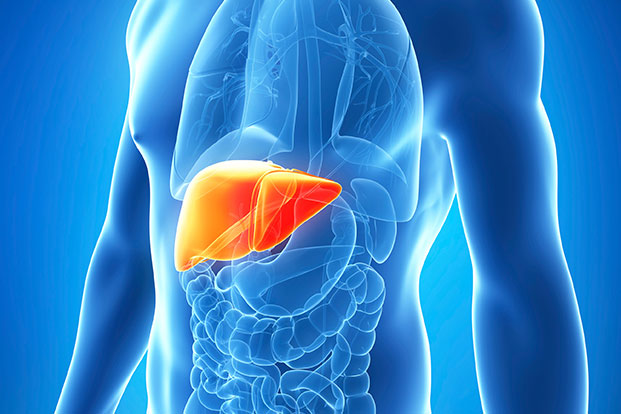Categories
- Bariatric Surgery (11)
- Black Fungus (5)
- Bone Marrow transplant (3)
- Brain Tumor Surgery Navigation Technology (20)
- Cardiac Surgery (66)
- Cardiology (97)
- Computer navigation technology for joint replacements (20)
- Covid Vaccination (17)
- Critical Care (2)
- Dental (19)
- Dermatology (31)
- Dialysis Support Group - “UTSAAH” (11)
- Dietitian (33)
- Emergency Medicine (4)
- Emotional Health (11)
- Endocrinology (33)
- ENT (20)
- Gastroenterology and GI Surgery (53)
- General and Laparoscopic Surgery (21)
- General Surgery (4)
- Gynecology & Obstetrics (183)
- Hematology (20)
- Internal Medicine (294)
- Kidney Transplant (50)
- Kidney Transplantation (20)
- Lung Cancer (8)
- Minimal Invasive Surgery (1)
- Mother & Child (20)
- mucormycosis (5)
- Nephrology (61)
- Neurology (147)
- Neurosurgery (68)
- Nutrition and Dietetics (107)
- Omicron Variant (1)
- Oncology (288)
- Ophthalmology (10)
- Orthopaedics & Joint Replacement (86)
- Paediatrics (59)
- Pediatric Nephrology (3)
- Physiotherapy (5)
- Plastic & Reconstructive Surgery (6)
- Psychiatry and Psychology (90)
- Psychologist (28)
- Pulmonology (72)
- Rheumatology (13)
- Spine Services (21)
- Transradial Angioplasty (16)
- Urology (84)
Query Form
Posted on Apr 19, 2022
What is hepatitis? Symptoms of hepatitis D?
Hepatitis D (hepatitis D) is an inflammatory infectious disease of the liver caused by the infection of the body with the hepatitis D virus (HDV). The peculiarity of hepatitis D is that the hepatitis delta virus itself is not capable of reproducing itself. Its reproductive function is possible only in the presence of the hepatitis B virus (HBV) in the body, and therefore, the hepatitis D virus usually accompanies hepatitis B, and in the combined effect on the liver, they accelerate the development of liver cirrhosis.

The infection with two types of HBV and HDV hepatitis is indicated by the more severe symptoms (clinical picture) typical of viral hepatitis.
Signs and Symptoms associated with Hepatitis D:
The first signs of hepatitis D are:
- General malaise, fatigue, weakness ;
- Rapid fatigue decreased mental capacity;
- A violation of appetite.
The main symptoms of hepatitis D are:
- Lack of appetite, nausea, sometimes vomiting ;
- Violation of the outflow of bile (cholestasis), which causes yellowing of the skin, eyes whites, mucous membranes of the mouth;
- General malaise, weakness, breaking in the body, joint pain ;
- Urine is painted in a dark brown color;
- Feces are clarified, sometimes diarrhea (diarrhea) is present ;
- Patients can feel a dull pain in the right hypochondrium, which sometimes gives to the right shoulder blade or shoulder;
- Body temperature rises to 37.0-38.0 ° c ;
- Neurological disorders – headache, confusion, insomnia.
Diagnosis of Hepatitis D
Hepatitis D virus with bloodstream gets into the liver, penetrates into its cells (hepatocytes) and begins to multiply, thereby causing their death. Since hepatitis D causes infection only in the presence of hepatitis B, there are 2 possible variants of infection:
- Simultaneous infection with the hepatitis B and D virus (HDV / HBV – co-infection)
- Introduction of virus D into hepatitis B infected hepatic cells (HDV / HBV – superinfection).



